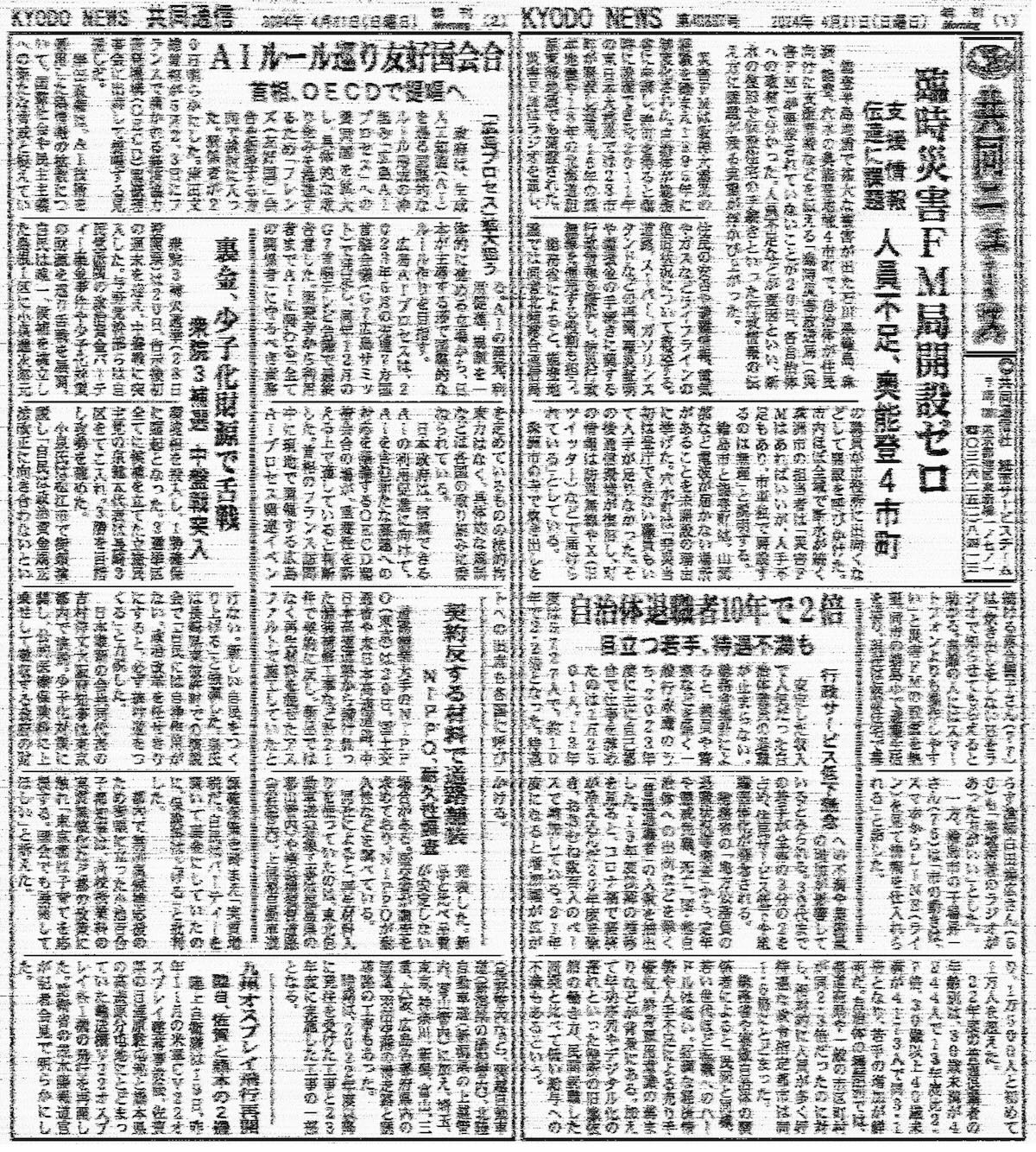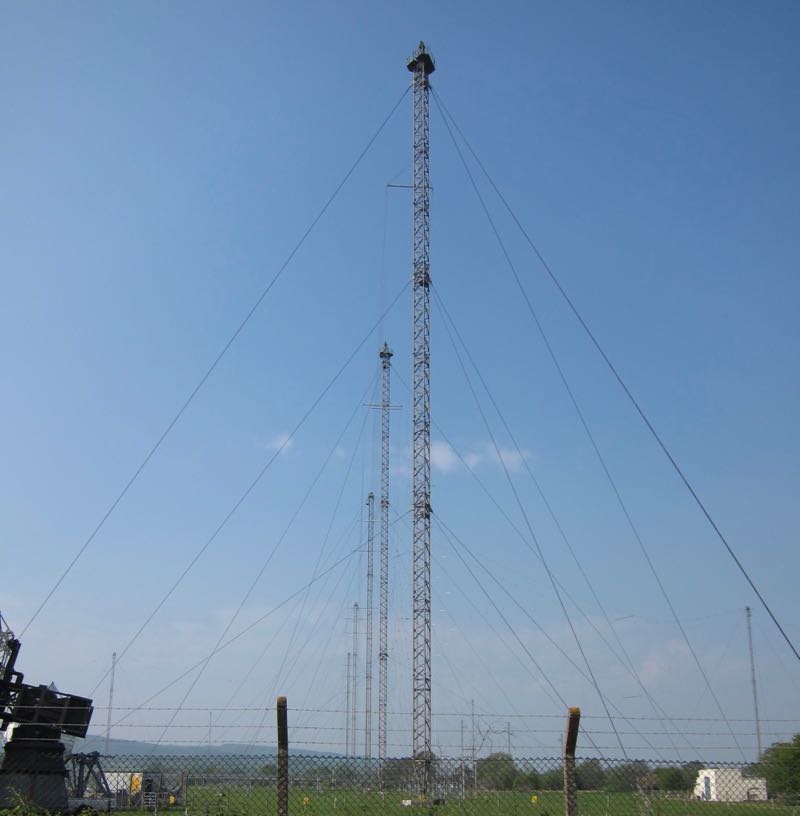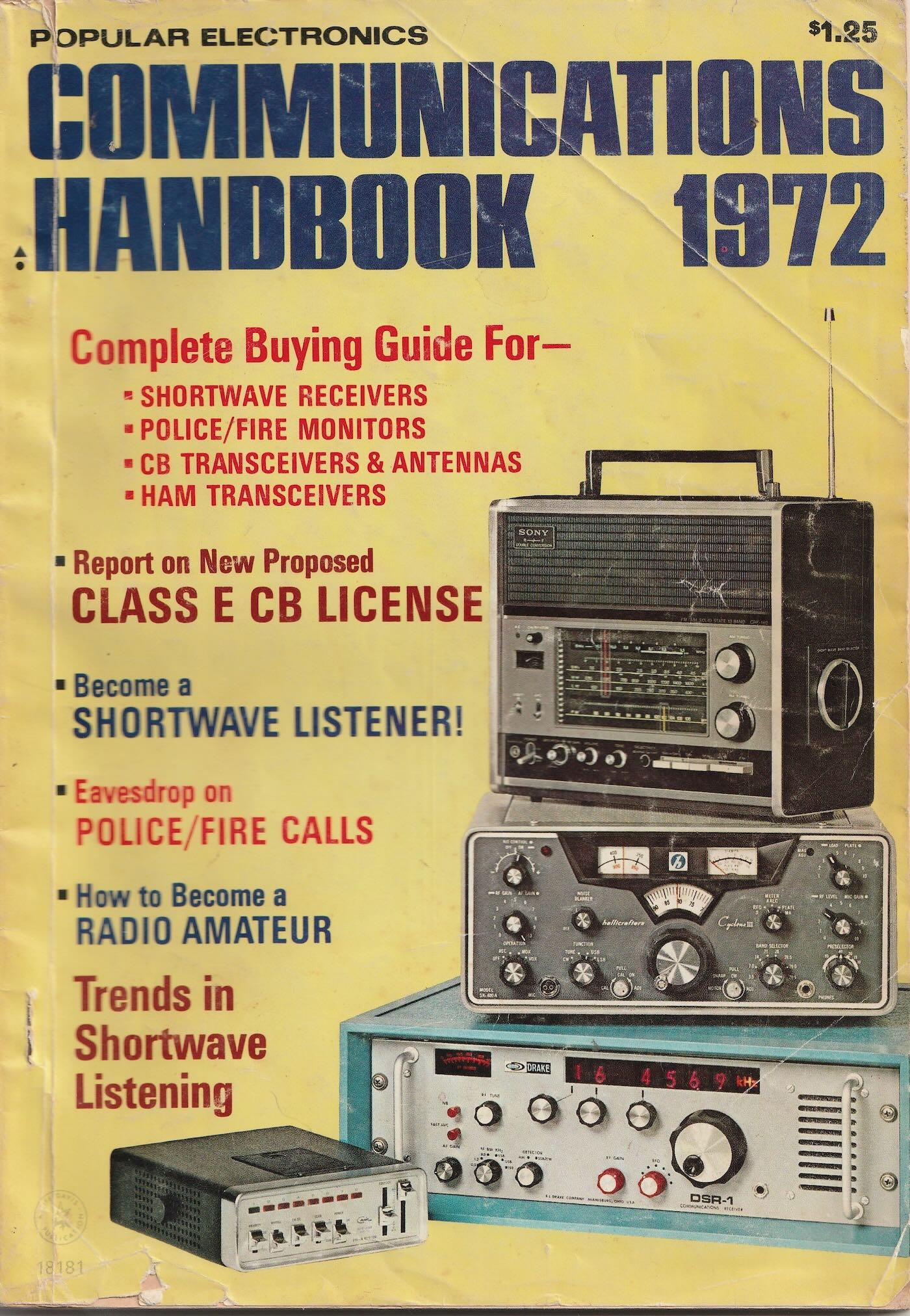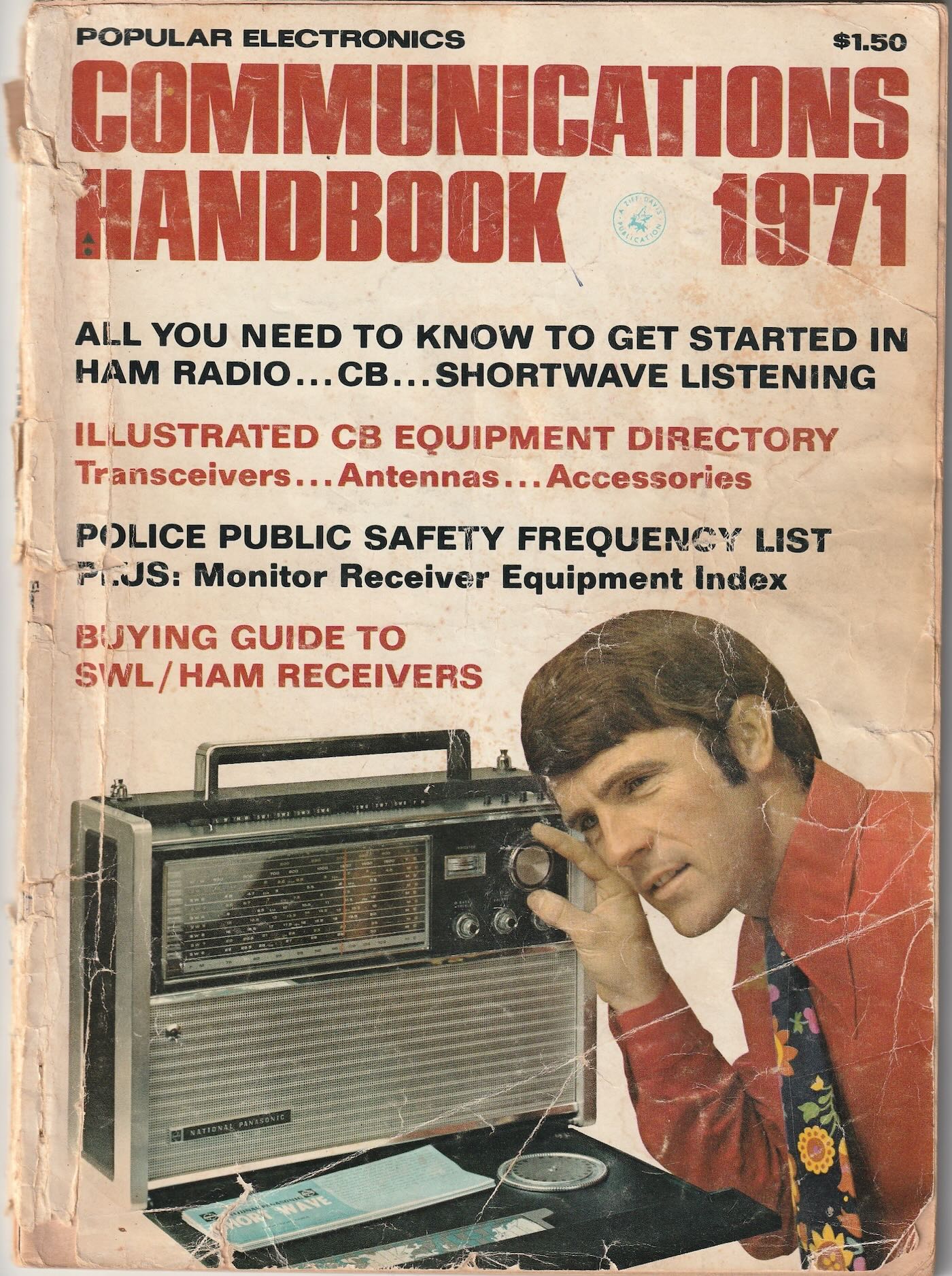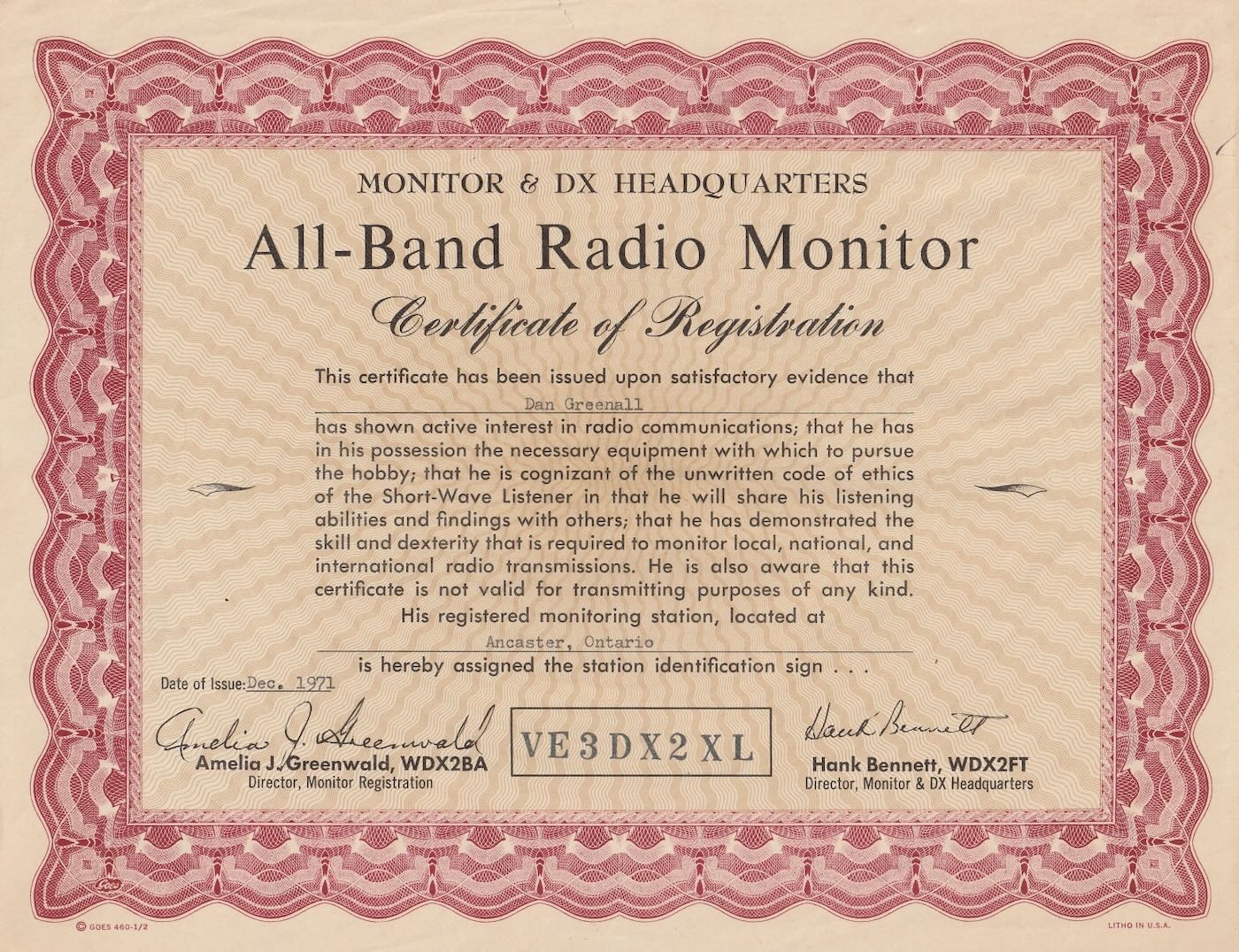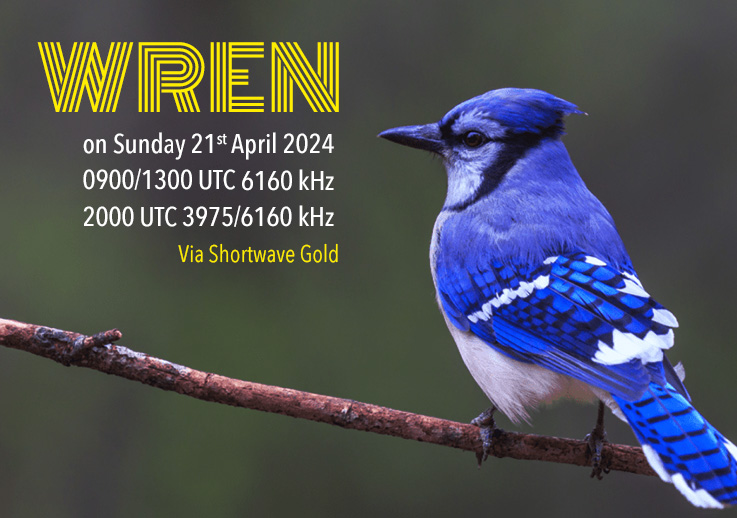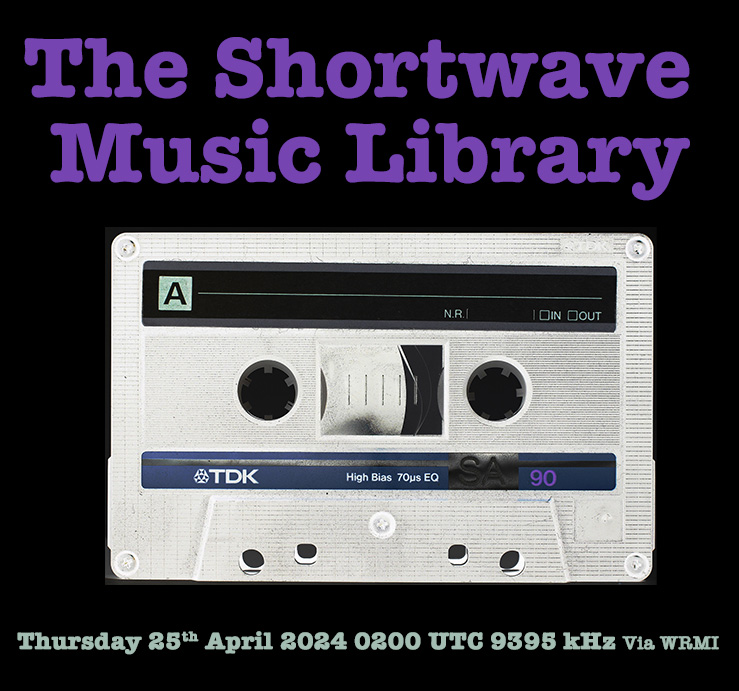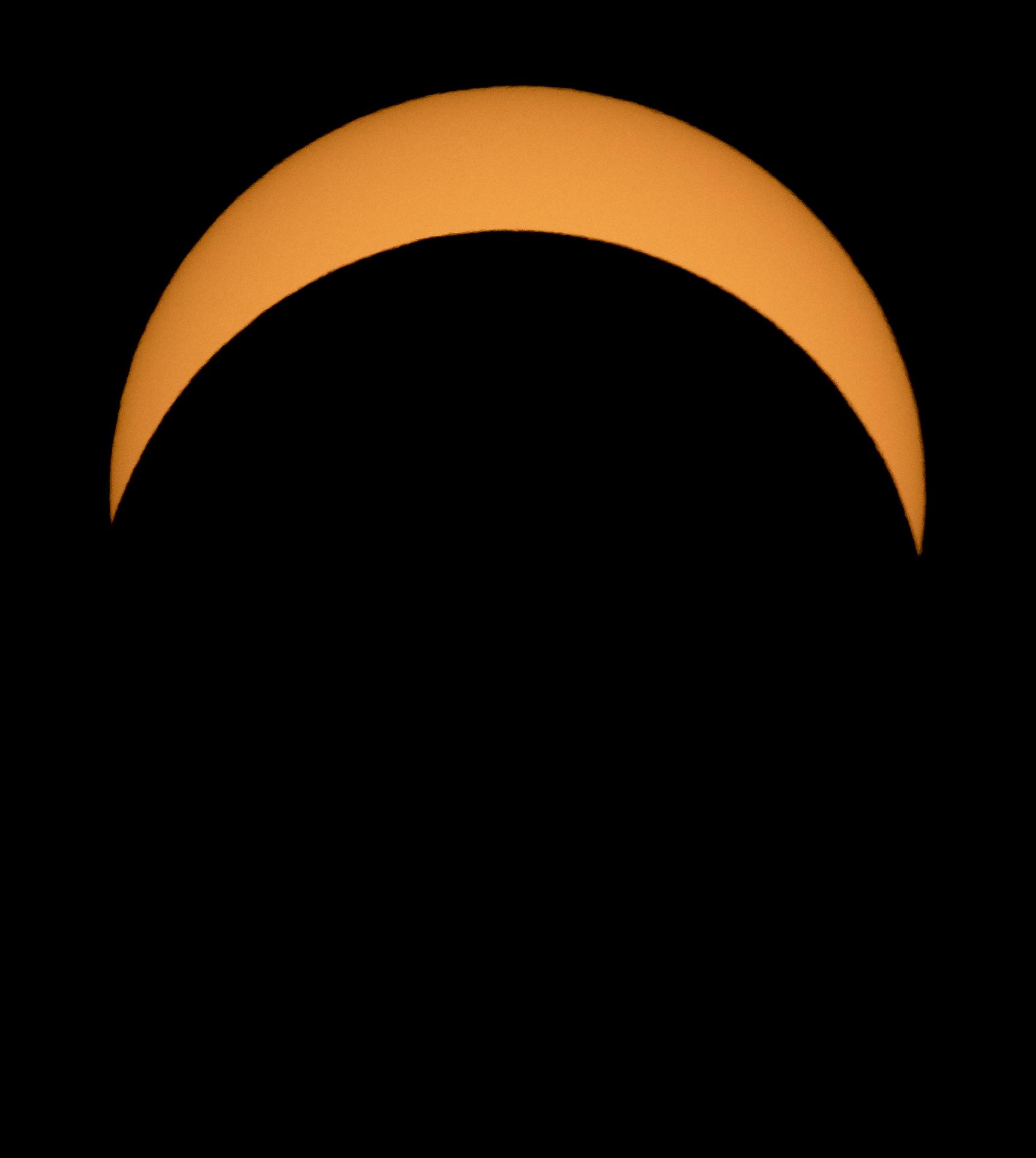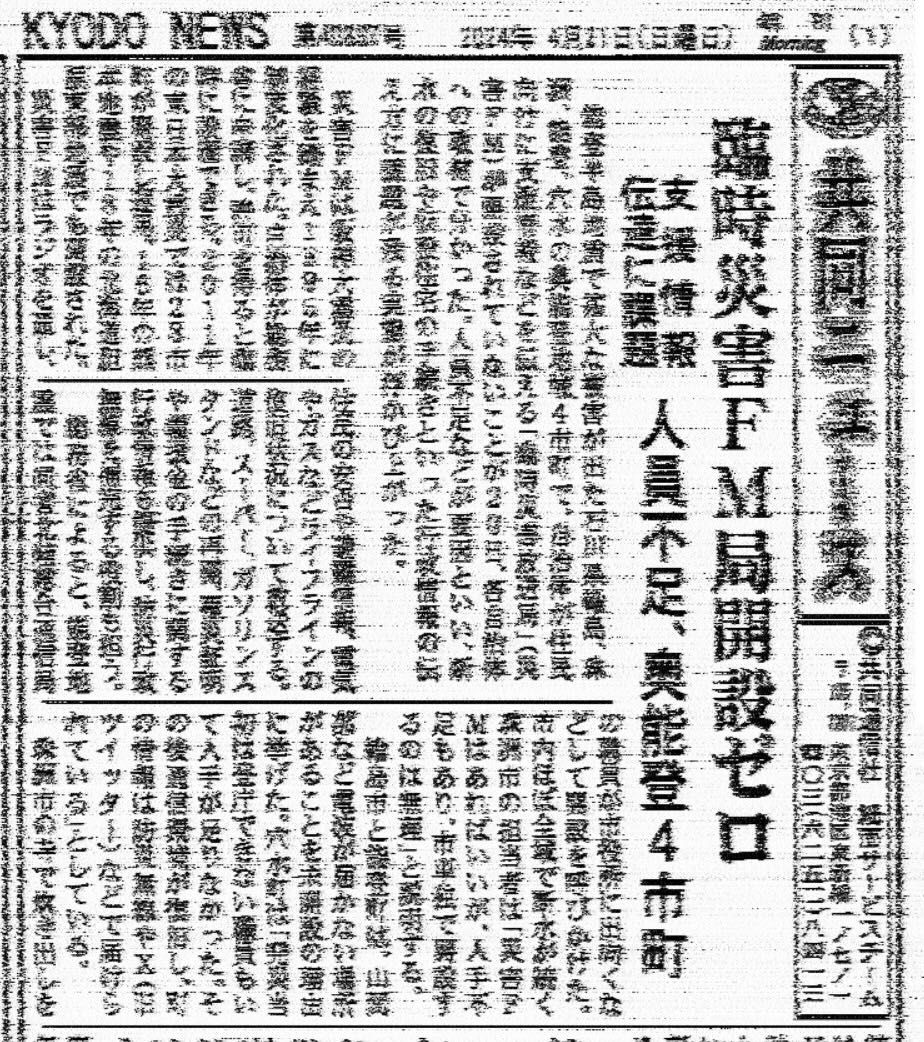 Many thanks to SWLing Post contributor, Carlos Latuff, who writes:
Many thanks to SWLing Post contributor, Carlos Latuff, who writes:
Hi Thomas,
I received today by radiofax in Porto Alegre the morning edition of Kyodo News and the front page news is that, due to lack of personnel, the Japanese government has not put into operation more FM radio stations for use in disasters.
Here’s an article dealing with the subject. https://www.tokyo-np.co.jp/article/322546
Since the original is in Japanese, here’s an English translation:
Oku-Noto: No temporary disaster FM stations opened due to lack of personnel, challenges in disseminating support information
In four cities and towns in the Oku-Noto region of Wajima, Suzu, Noto, and Anamizu, Ishikawa Prefecture, which suffered severe damage from the Noto Peninsula Earthquake, local governments have set up ‘Temporary Disaster Broadcasting Stations” (Disaster FM) to disseminate support information to residents. Interviews with local governments revealed on the 20th that the government has not done so. The lack of personnel is said to be a contributing factor, and it has become clear that there are still issues with the way administrative information is communicated, such as procedures for restoring water outages and setting up temporary housing.
Disaster FM was institutionalized in 1995 based on the experience of the Great Hanshin Earthquake. If a local government applies to the Ministry of Internal Affairs and Communications and obtains permission, they can be temporarily installed. In the wake of the Great East Japan Earthquake in 2011, 28 municipalities opened and operated them. It was also opened during the 2016 Kumamoto Earthquake and the 2018 Hokkaido Eastern Iburi Earthquake.
Disaster FM broadcasts on the radio about the safety of residents, evacuation information, and the status of restoration of lifelines such as electricity and gas. It also provides administrative information on the reopening of roads, supermarkets, gas stations, etc., as well as disaster victim certification and donation procedures, and plays a role in supplementing disaster prevention administrative radio.
According to the Ministry of Internal Affairs and Communications, in the wake of the Noto earthquake, employees of the ministry’s Hokuriku General Communications Bureau visited city halls and appealed for the establishment of such systems.

